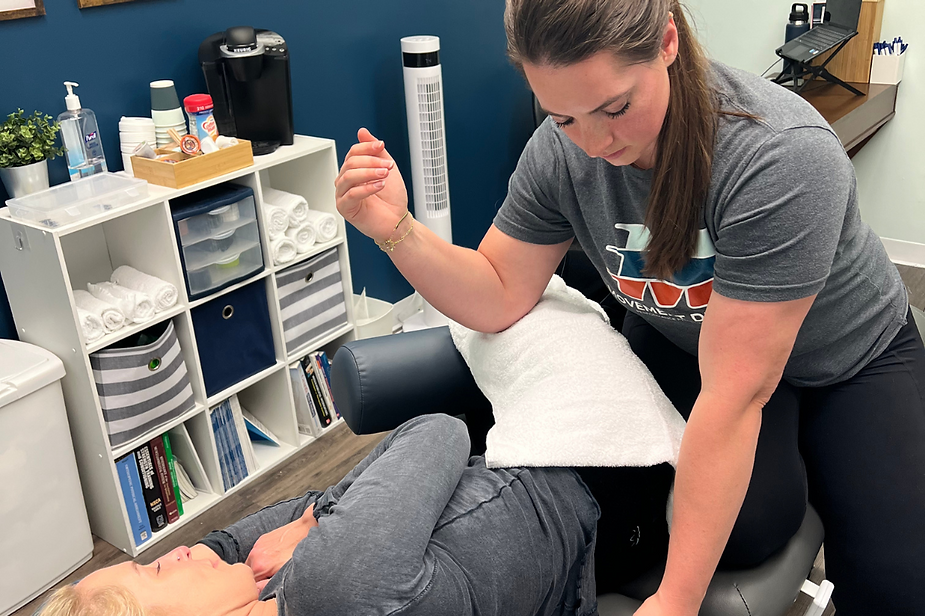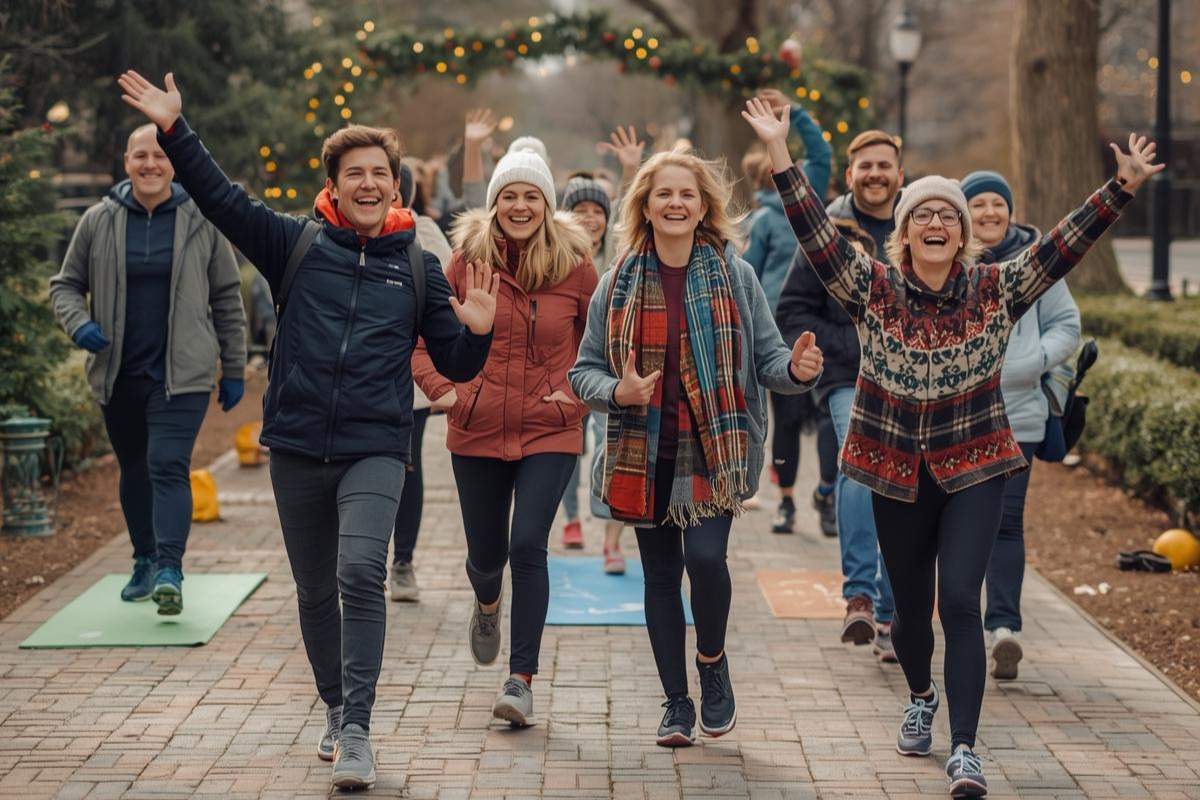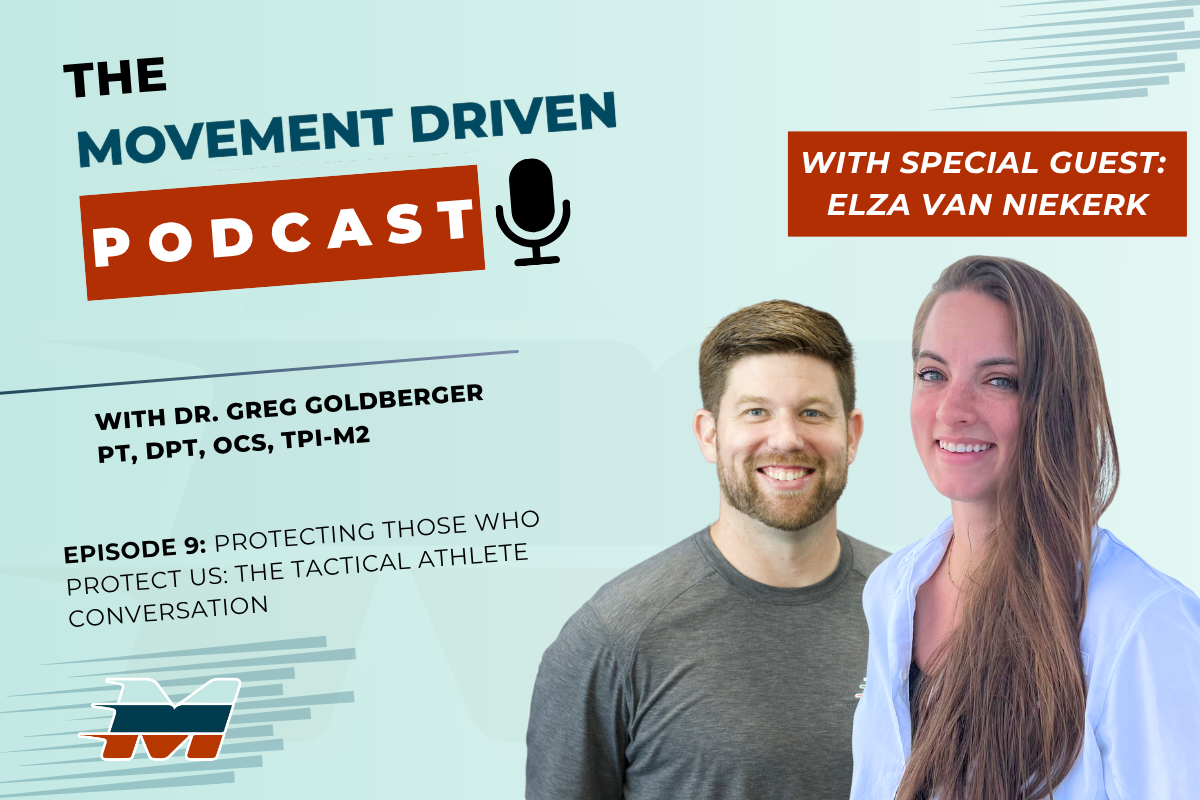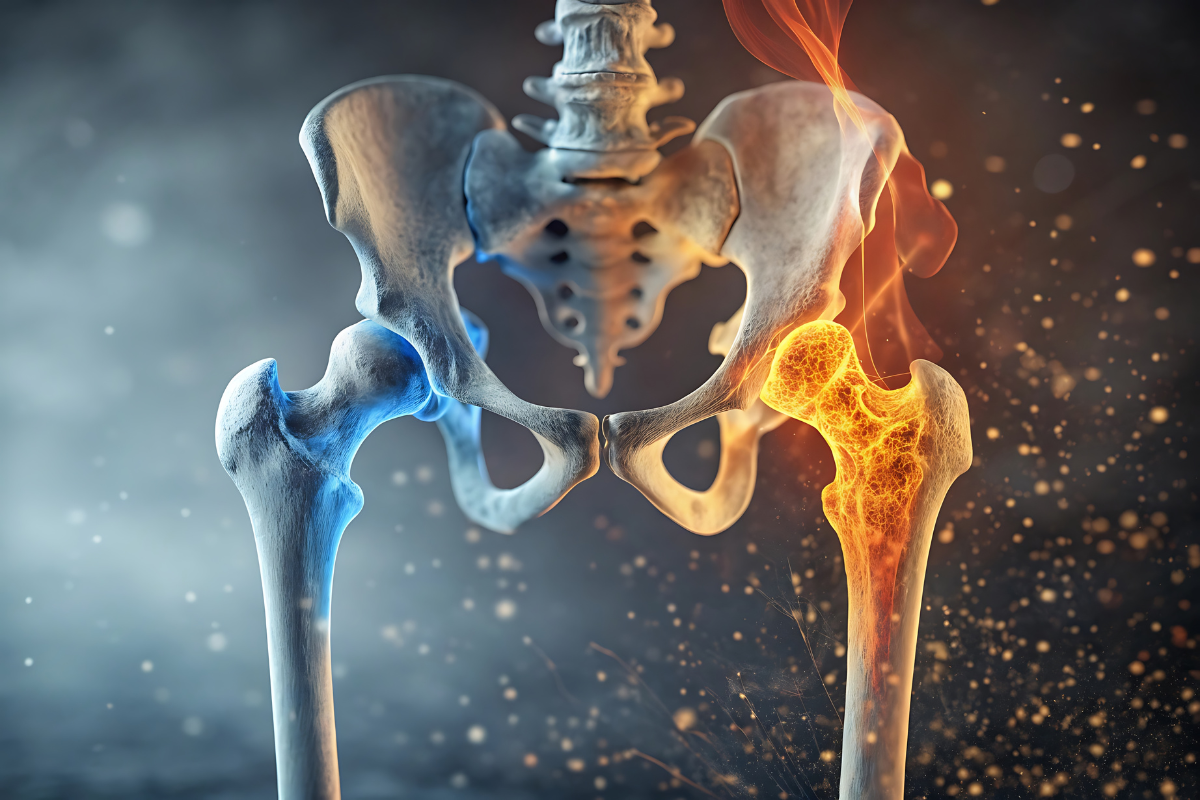How Movement Driven Supports Faster and Safer Sports Injury Recovery
A sports injury can be a frustrating setback, keeping athletes from training and competing at their best. Whether it’s a sprained ankle, muscle strain, or more serious injury, proper rehabilitation is essential to ensure a full and safe recovery. Rushing back too soon or ignoring proper treatment can lead to chronic pain, decreased performance, or re-injury.
That’s where sports performance physical therapy comes in. With a structured rehabilitation plan, athletes can recover faster, stronger, and more safely, reducing downtime and getting back to their sport with confidence.
READ:
From the Gym to the Beach: How Jacksonville’s Movement Driven Keeps You Active

At
Movement Driven in St. Johns, FL, we specialize in sports injury recovery and performance-focused rehabilitation, helping athletes of all levels heal efficiently and return to competition stronger than before. In this guide, we’ll explore the key components of effective sports injury recovery and how
physical therapy plays a crucial role in the healing process.
The Keys to Effective Sports Injury Recovery
Recovering from a sports injury isn’t just about resting—it requires a structured rehabilitation plan to ensure proper healing, restore function, and prevent future setbacks. A well-rounded recovery program includes the following key elements:
1. Reducing Pain and Inflammation Without Relying on Medication
- Many athletes turn to painkillers or anti-inflammatory drugs, but these only mask symptoms instead of addressing the root cause.
- Physical therapy techniques such as manual therapy, dry needling, and targeted exercises help reduce pain naturally.
- Active recovery strategies promote circulation and speed up healing while minimizing swelling and stiffness.
2. Restoring Strength, Mobility, and Stability in the Affected Area
- After an injury, the affected muscles and joints can become weak or restricted, increasing the risk of re-injury.
- Strength and mobility exercises rebuild lost muscle function and improve flexibility, ensuring the body moves efficiently.
- Stability training helps restore balance and coordination, which is crucial for returning to sports safely.
3. Gradual Return-to-Play Protocols to Prevent Re-Injury
- Rushing back to activity too soon increases the risk of reinjury or long-term damage.
- A well-structured rehab program ensures a gradual return to training, with progressions tailored to the demands of the sport.
- Functional movement testing helps determine when an athlete is truly ready to return to competition safely.
By following these key principles, athletes can recover effectively and return to their sport stronger and more resilient than before.
READ:
Proper Warm-Up & Recovery for the 2025 CrossFit Games: Keep Your Knees & Back Safe
How Physical Therapy Speeds Up the Healing Process
Physical therapy plays a vital role in accelerating recovery by addressing the root cause of injuries and guiding athletes through a structured rehabilitation program. By combining hands-on treatment with targeted exercises, physical therapy helps athletes heal efficiently and return to peak performance.
1. Hands-On Manual Therapy to Improve Circulation and Healing
- Soft tissue mobilization and joint manipulation help reduce muscle tightness and improve blood flow.
- Dry needling and myofascial release can help break up scar tissue and restore mobility.
- Massage and stretching techniques reduce stiffness and promote relaxation in overworked muscles.
2. Strength and Mobility Exercises Tailored to the Athlete’s Sport
- Injuries often lead to muscle imbalances and restricted movement, which can impact performance.
- Progressive strengthening exercises help rebuild muscle endurance and power.
- Mobility drills ensure the athlete can move efficiently without pain or compensation.
3. Neuromuscular Re-Education to Restore Movement Patterns
- After an injury, the body may develop compensatory movement patterns that increase stress on other areas.
- Balance, agility, and coordination drills retrain the nervous system for efficient movement.
- Sport-specific rehab ensures that athletes return to competition with optimal mechanics and movement control.
By incorporating these strategies, physical therapy helps athletes recover safely, regain strength, and minimize the risk of future injuries.
Preventing Re-Injury with Performance-Focused Rehabilitation
Recovering from an injury is only part of the process—preventing future injuries is just as important. A performance-focused rehabilitation approach ensures that athletes return stronger, more resilient, and better prepared for the demands of their sport.
1. Identifying Weaknesses and Imbalances That Contributed to the Injury
- Many injuries occur due to muscle imbalances, poor movement mechanics, or weakness in stabilizing muscles.
- A movement assessment helps identify any deficiencies in strength, flexibility, or coordination.
- Corrective exercises help restore balance and improve functional movement for long-term injury prevention.
2. Sport-Specific Training to Prepare for Competition
- Generic rehab exercises aren’t enough—athletes need sport-specific drills to rebuild confidence and performance.
- Training includes:
- Agility and speed drills to regain quickness and reaction time.
- Explosive power training to restore strength for jumping, sprinting, or cutting movements.
- Position-specific training to mimic real-game situations.
3. Recovery Strategies to Maintain Long-Term Athletic Health
- Recovery is key to avoiding overuse injuries and chronic pain.
- A comprehensive recovery plan includes:
- Stretching and mobility work to maintain flexibility.
- Manual therapy techniques like dry needling and massage to release tension.
- Restorative movement routines to keep the body balanced and resilient.
With a performance-driven rehabilitation program, athletes don’t just recover—they come back stronger, faster, and more durable than before.
READ:
Breaking the Cycle of Pain: Jacksonville’s Guide to Living Fully with Movement Driven
Why Choose Movement Driven for Sports Injury Recovery in St. Johns, FL?
Recovering from a sports injury requires more than just rest—it demands a strategic, performance-focused approach to ensure a full return to competition. At
Movement Driven in St. Johns, FL, we specialize in sports rehabilitation and injury prevention, helping athletes heal faster, move better, and stay in peak condition.
Expert Therapists Specializing in Sports Rehabilitation and Performance Training
- Our team has extensive experience working with athletes of all levels, from weekend warriors to elite competitors.
- We use advanced treatment techniques, including manual therapy, strength training, and movement retraining, to promote efficient and safe recovery.
- Our therapists focus on long-term performance, not just short-term injury relief.
Personalized Recovery Plans Tailored to Your Sport and Goals
- Every athlete and injury is different—your rehab plan should be too.
- We develop customized recovery programs based on your sport, position, and specific movement patterns.
- Our approach ensures that you return to play stronger and more prepared than before your injury.
Start Your Recovery Journey Today
A sports injury doesn’t have to keep you sidelined for long. With the right rehabilitation, you can heal faster, prevent future injuries, and perform at your highest level.
Schedule an appointment with Movement Driven and take the first step toward a safe and successful recovery!










